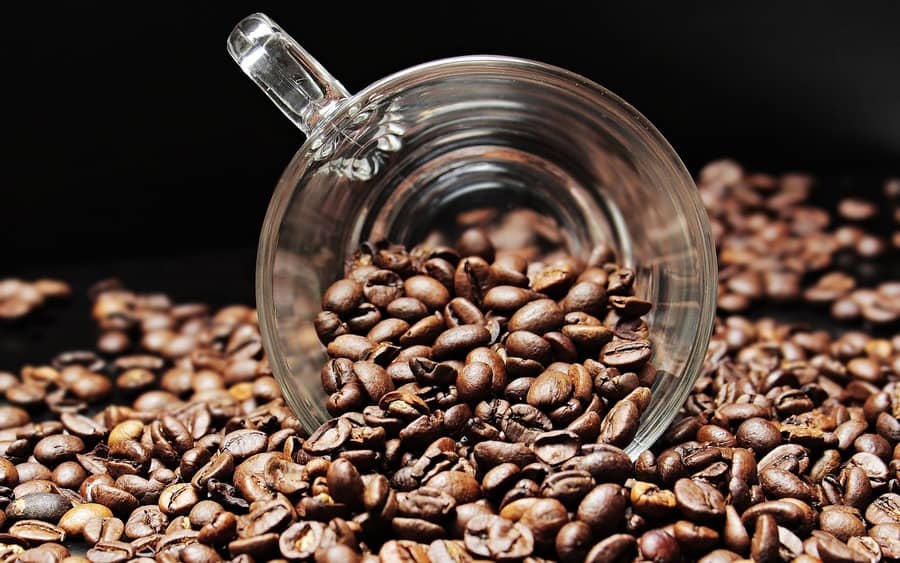Still hostage to financial volatility, coffee advances above the 150-cent level and shows short-term strength on ICE US. The expectation of a softer Fed, after weak indicators from the US economy, encourages markets, unlocking risky assets. And this ended up hindering the dollar and favoring the recovery of coffee prices.
Here in Brazil, the appreciation of the real against the dollar was even more significant, receiving an additional boost from the approval of the fiscal framework in Congress. The improvement in the economic environment made the Dec/23 coffee position in New York not only move positively away from the level of 150 cents but also converge toward the old support at 155 cents, seeking to recover from last week’s financial issues.
On the fundamental side, little news. Brazil’s full crop in 2023 and the improvement in its shipment flow have already been priced by the market. The fundamental attention must now shift to the rain in September and October and the development of Brazil’s 2024 crop blossoming. Climate models keep indicating that rainfall should arrive earlier in Brazil this year and with good accumulated volume, especially in the months of October and November, which should result in good blossoming again.
Robusta is more linked to arabica, losing relative strength
Robusta has been calmer and linked to arabica in the international market. And this more connected movement between the two commodities exchanges sustains an arbitrage between New York/London above the level of 40 cents. It is currently around 45 cents, which reinforces the sign of exhaustion of the relative gain of robusta over arabica.
In any case, robusta remains valued, finding support in the crop failure in Indonesia and lower supply in Vietnam. However, it seems that it has found a technical balance in relation to arabica. This means that any new relative appreciation of robusta tends to increase the demand for arabica due to more attractive prices. This recovery of space in the blend by arabica can already be felt in the international market, but it is gradual and controlled to a certain extent by robusta sellers.
One factor that could disturb this balance again is the arrival of the crop from Vietnam, the main world source of robusta, from the last quarter of the year. The expectation is that the crop in Vietnam will be back to the level of 31 mln bags. The combination of a high price and an increase in production tends to stimulate the presence of sellers in the market and, therefore, put negative pressure on prices. The presence of El Nino should bring below-average rainfall in Asia, which could affect the crop in Vietnam this year, a lower risk, and Indonesia in 2024, a greater possibility should the phenomenon intensity grow. The weather in Asia remains on the market’s radar.

